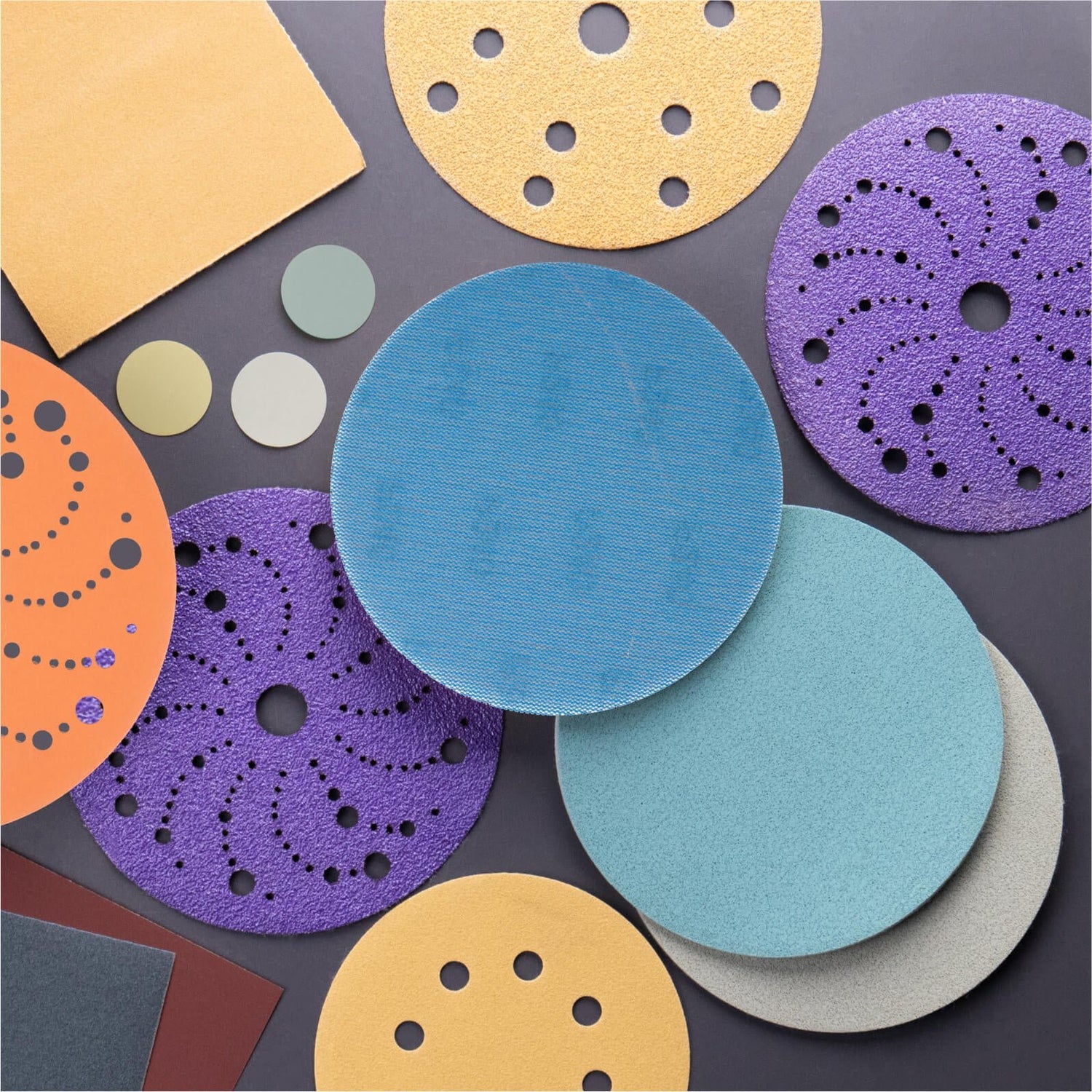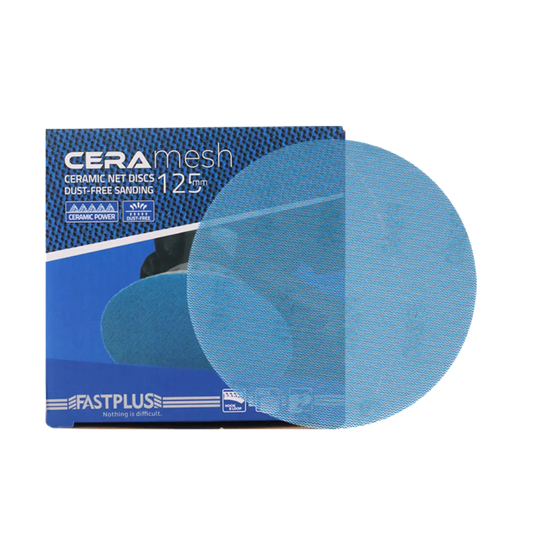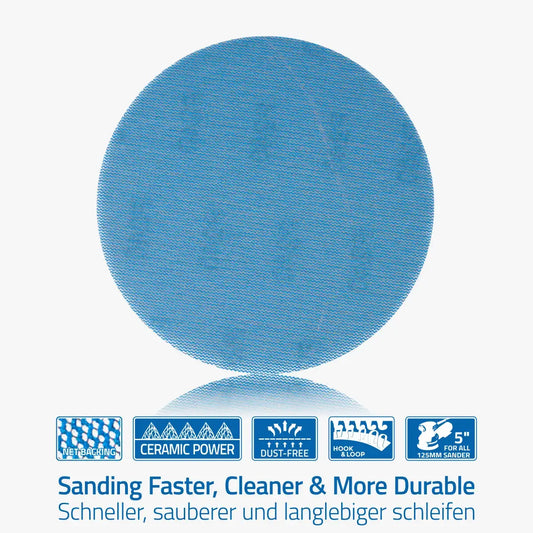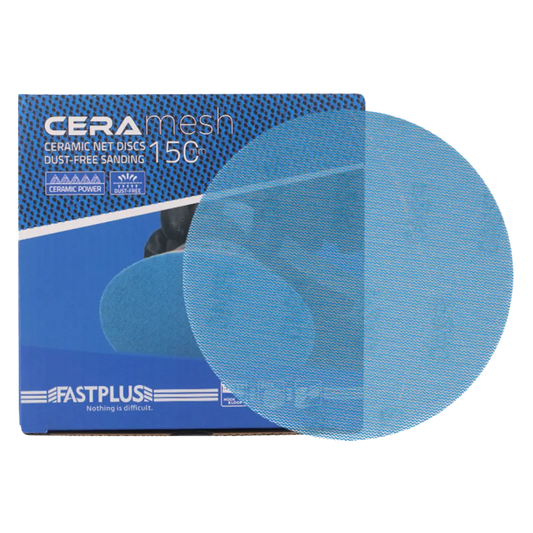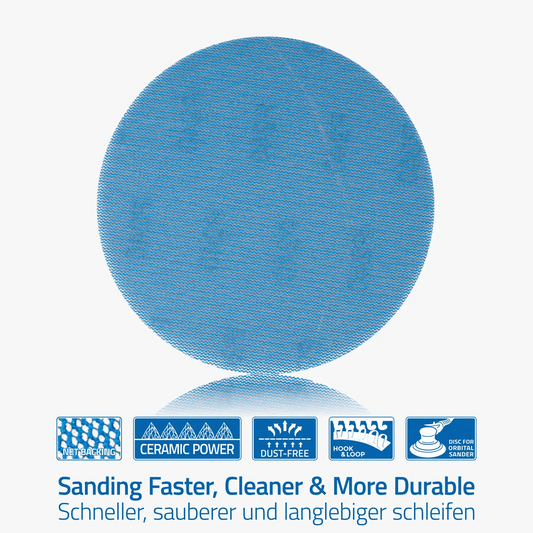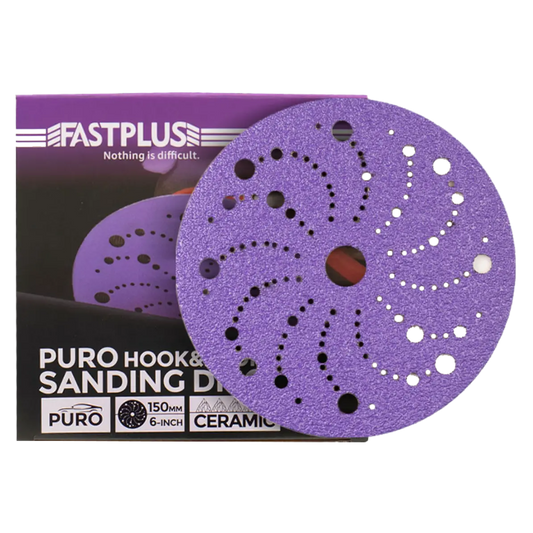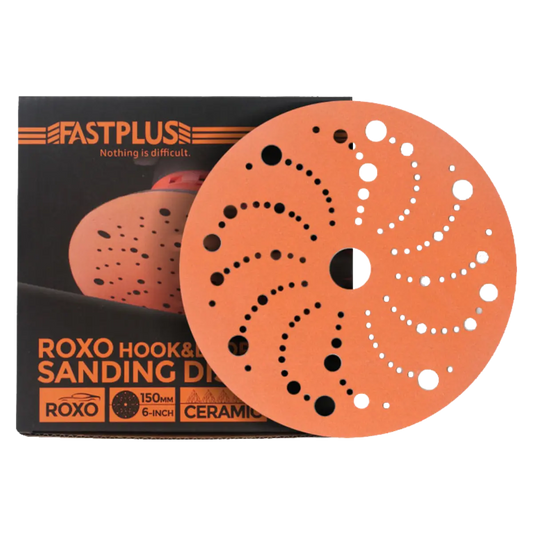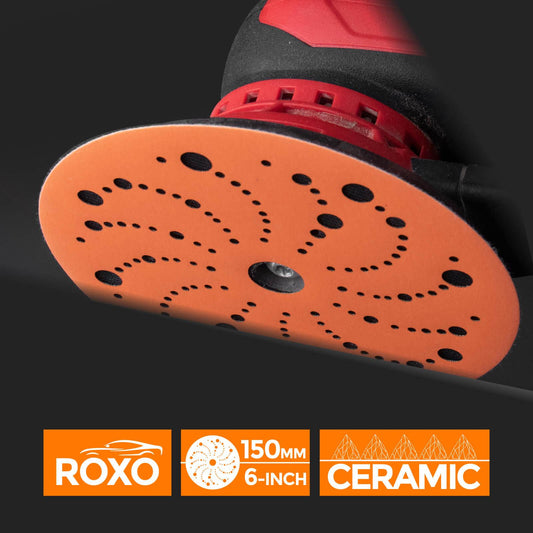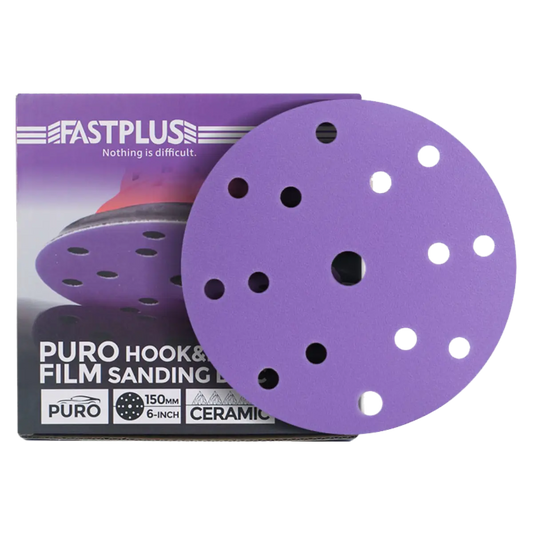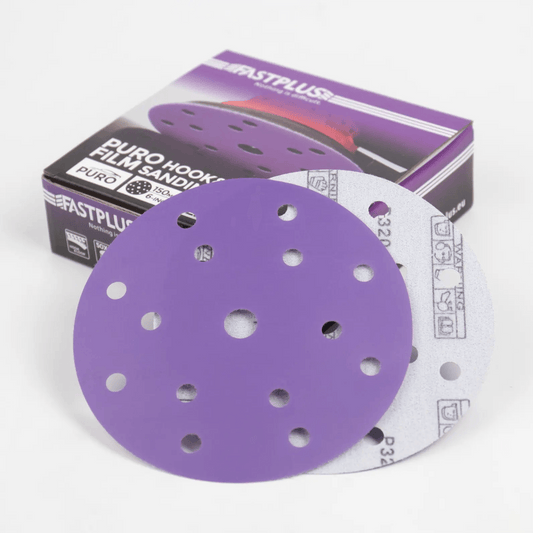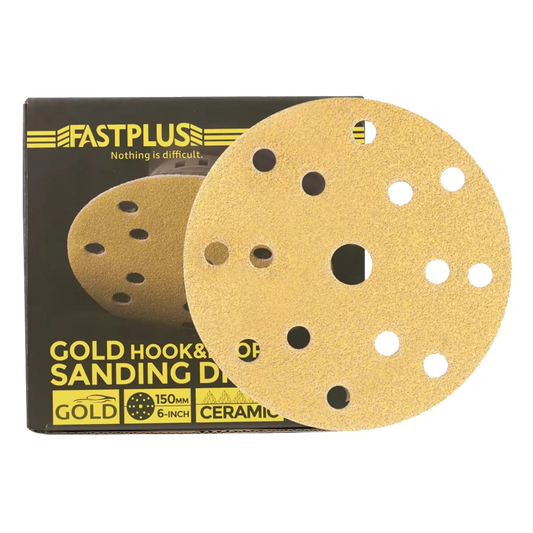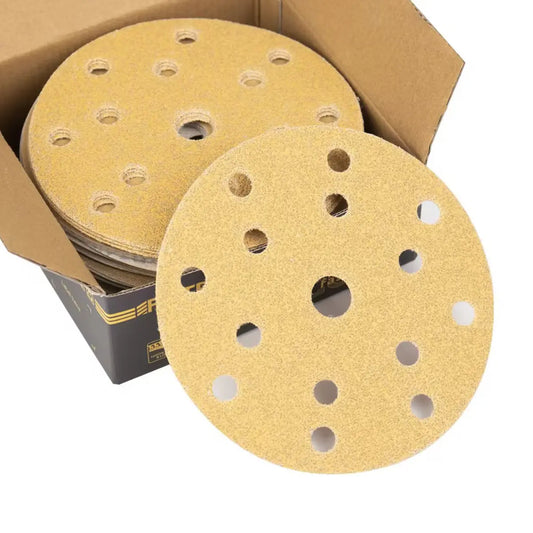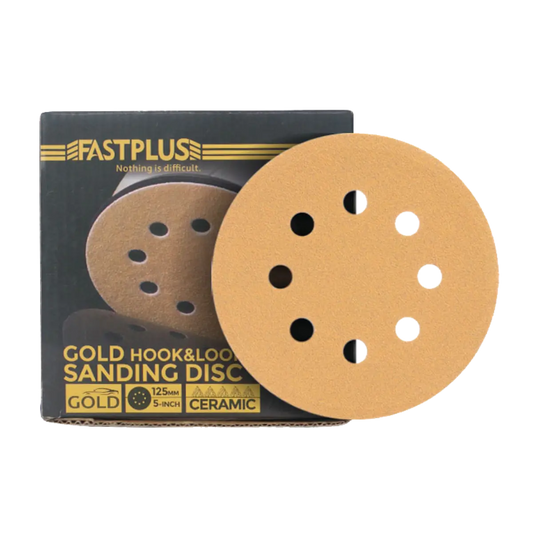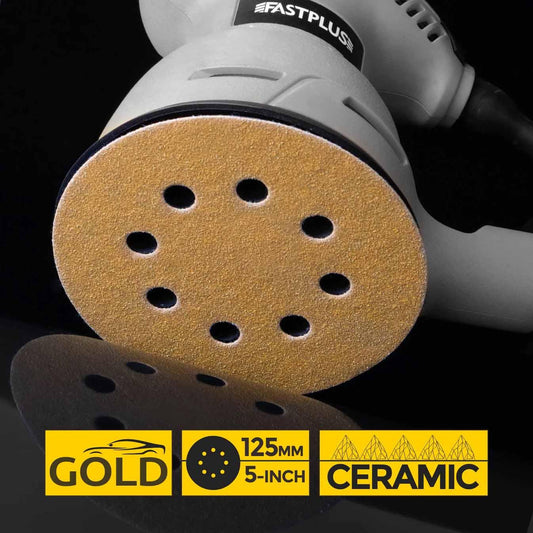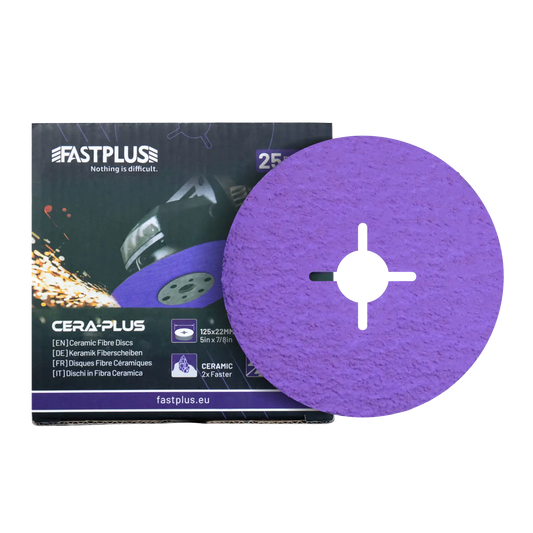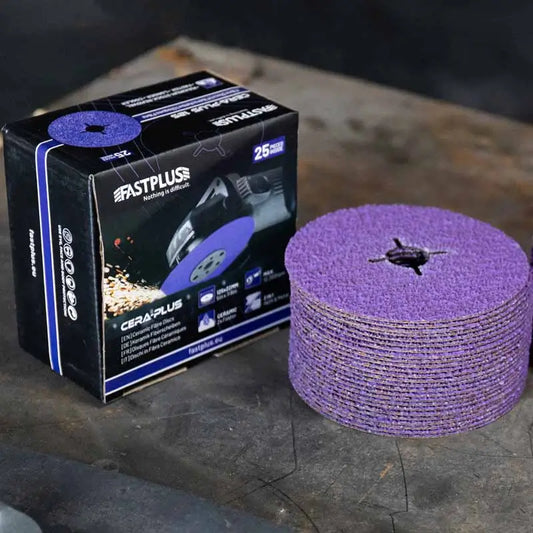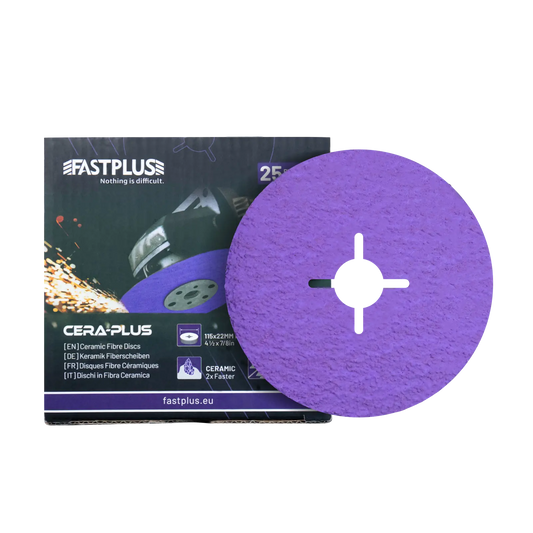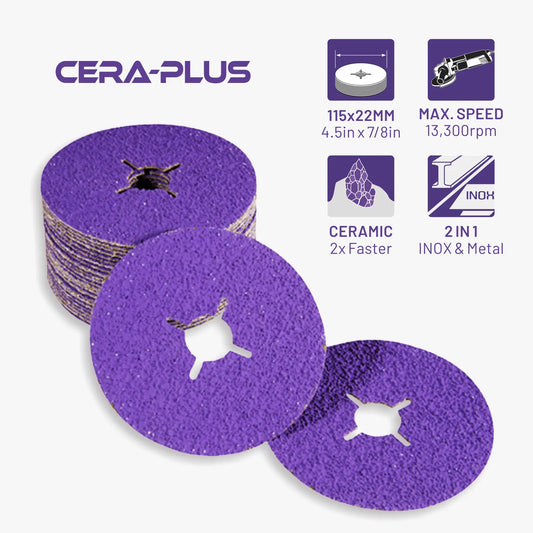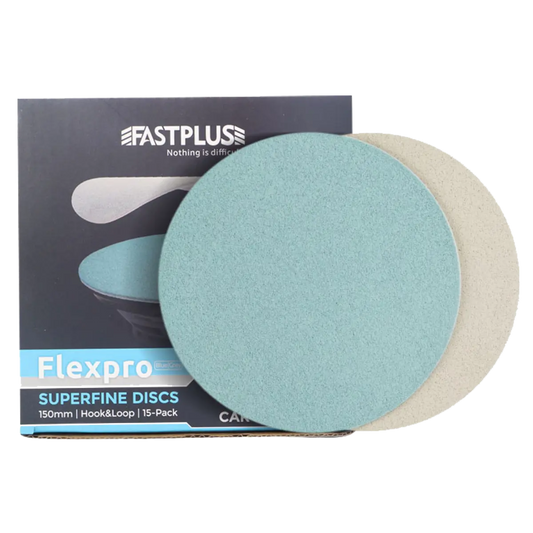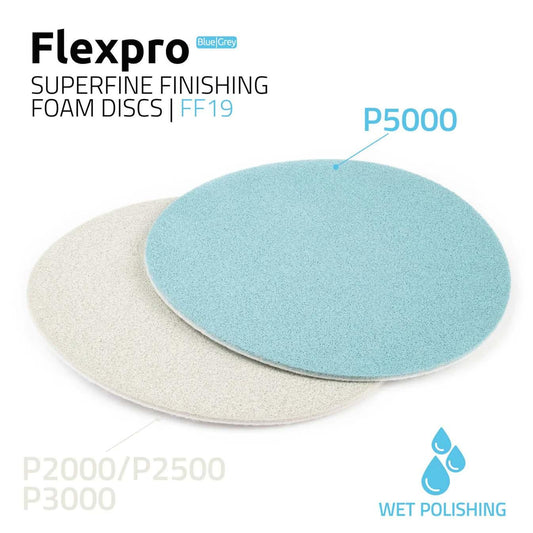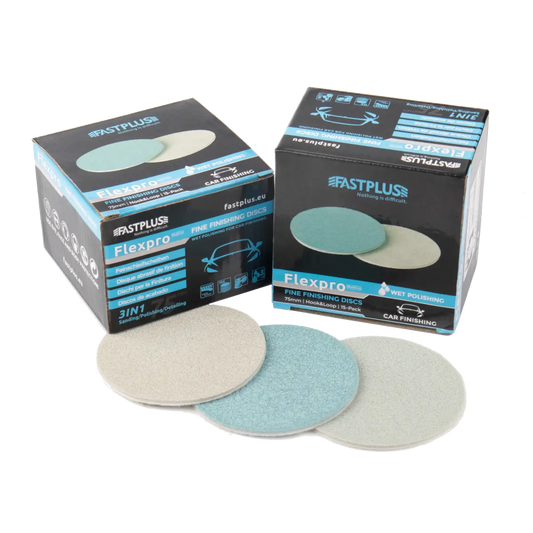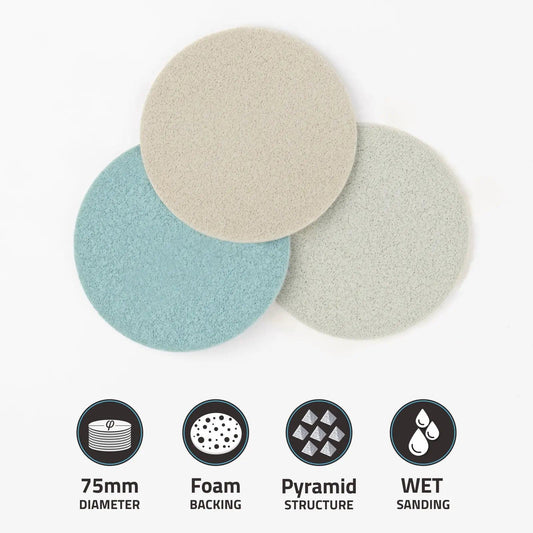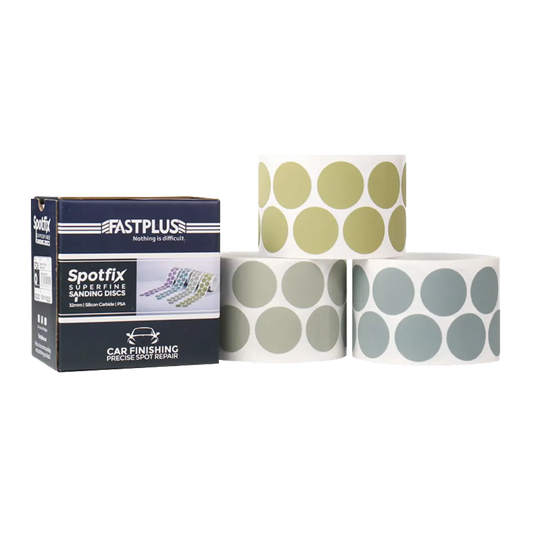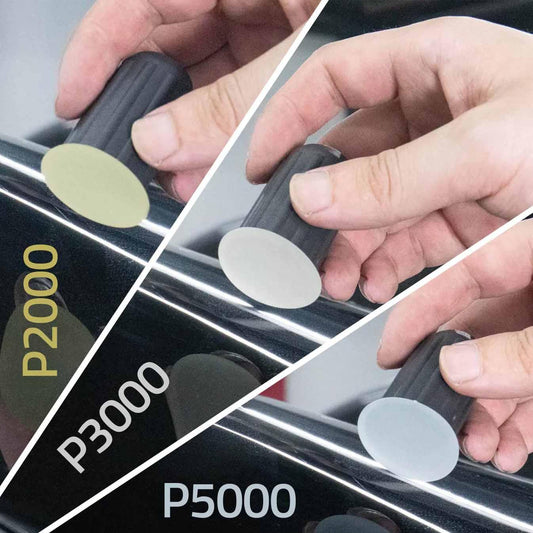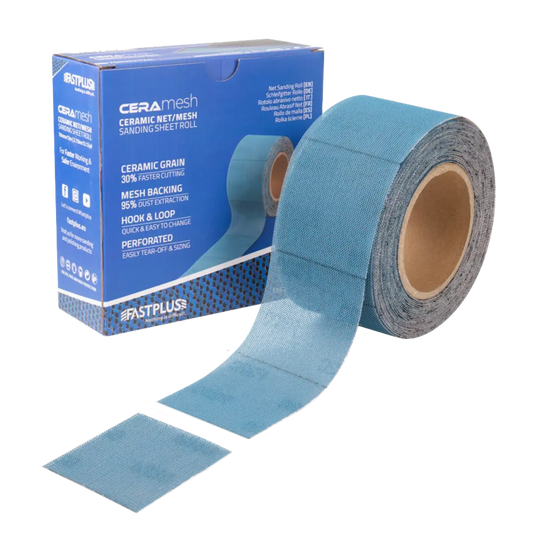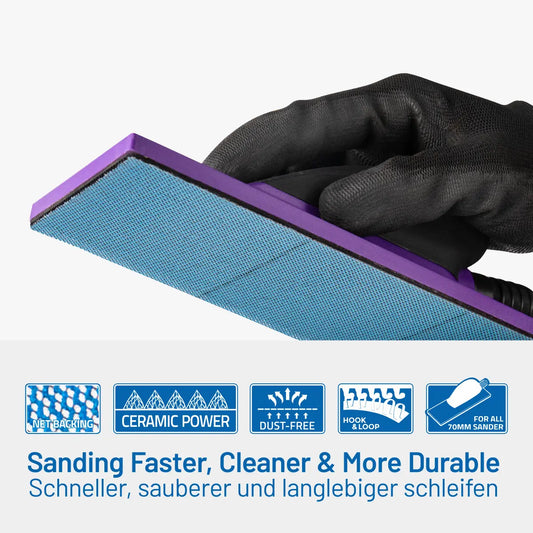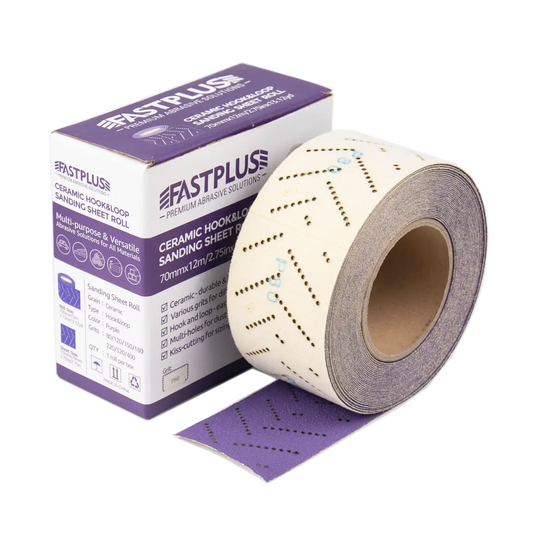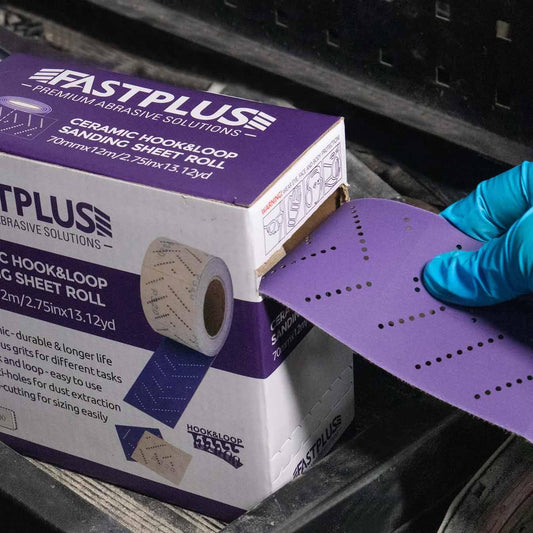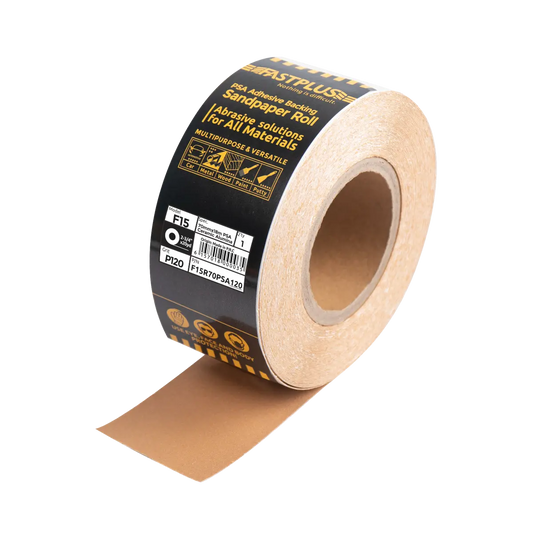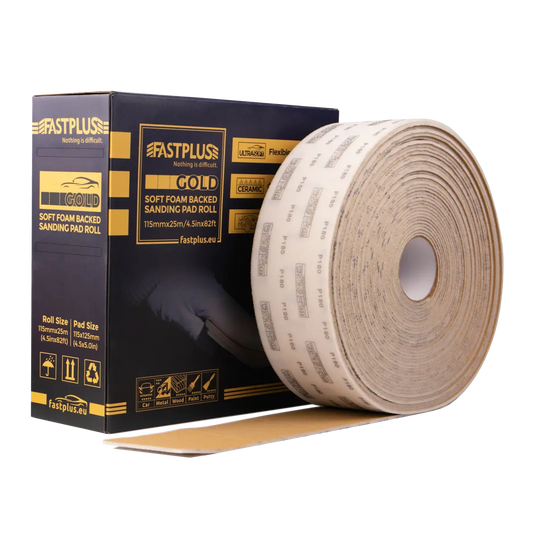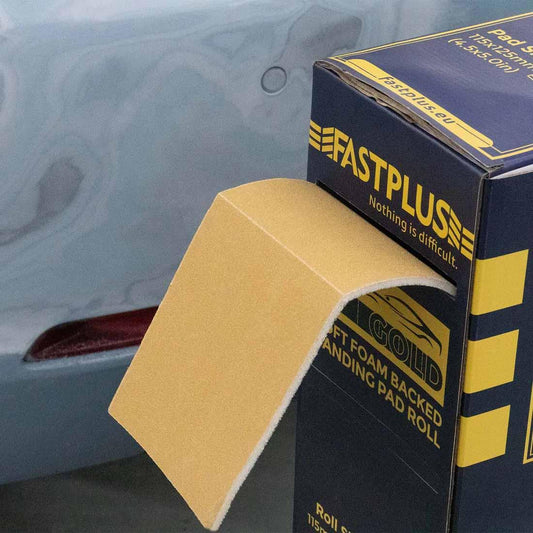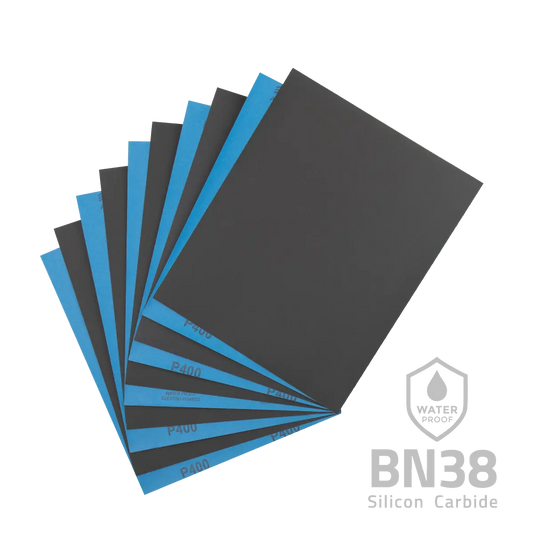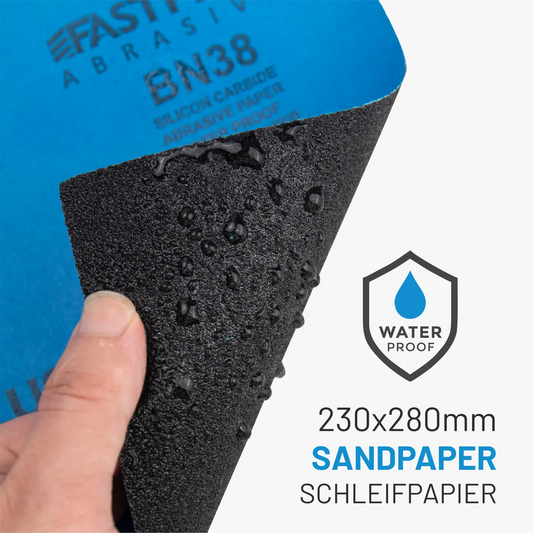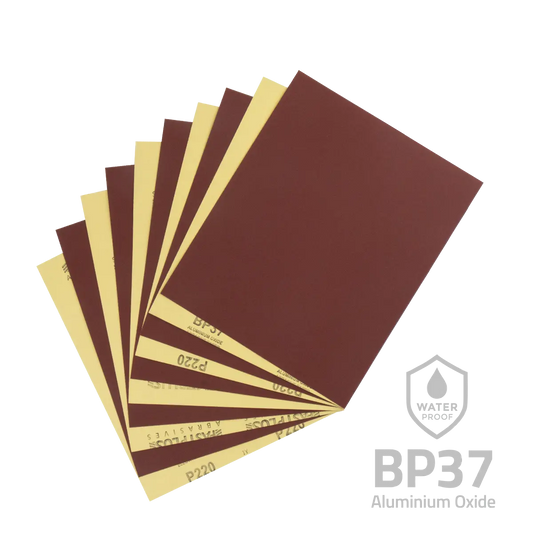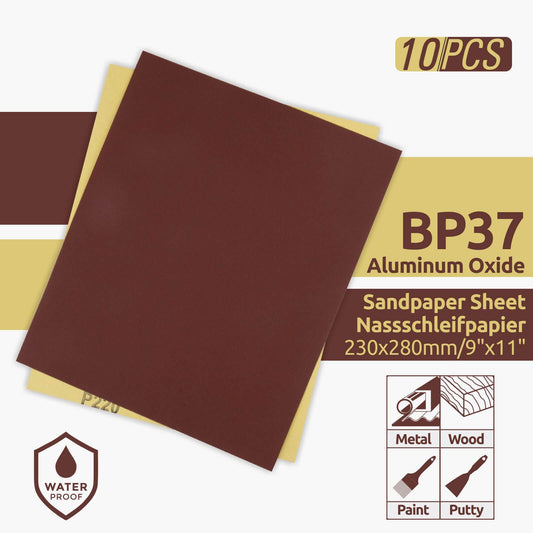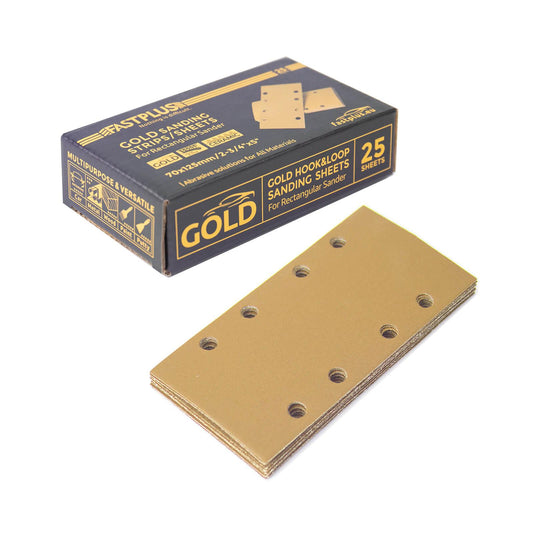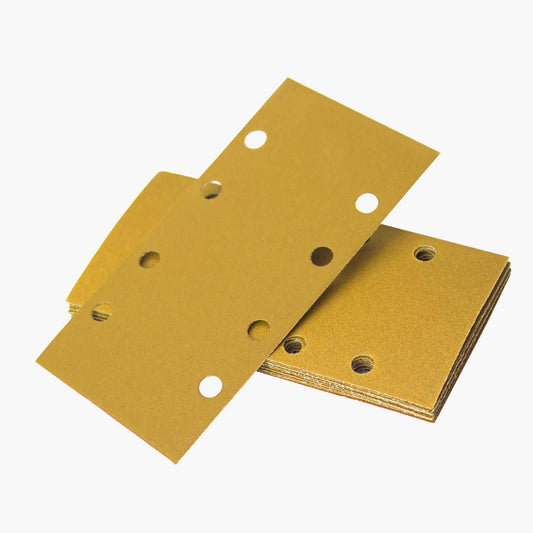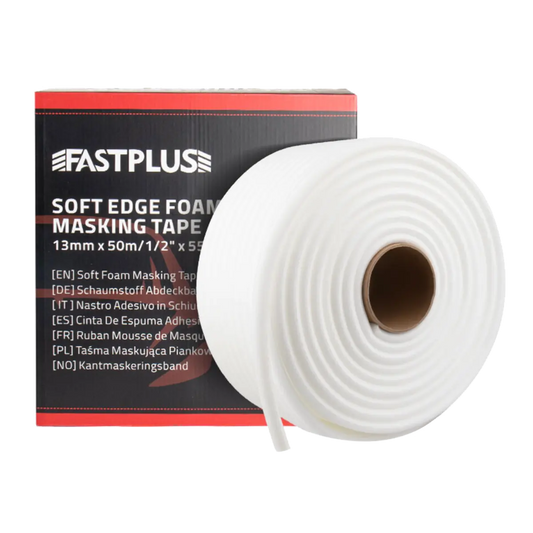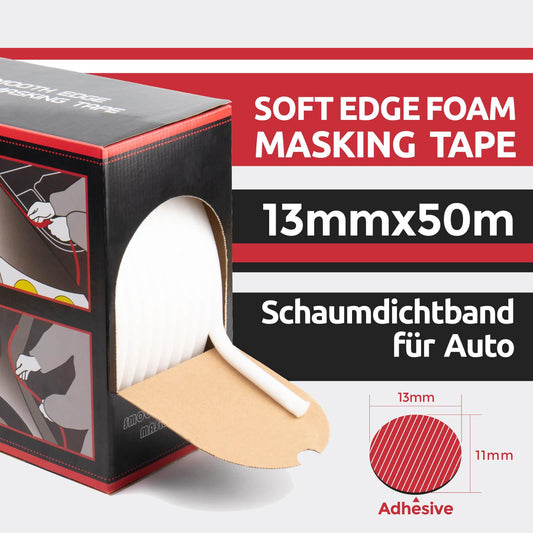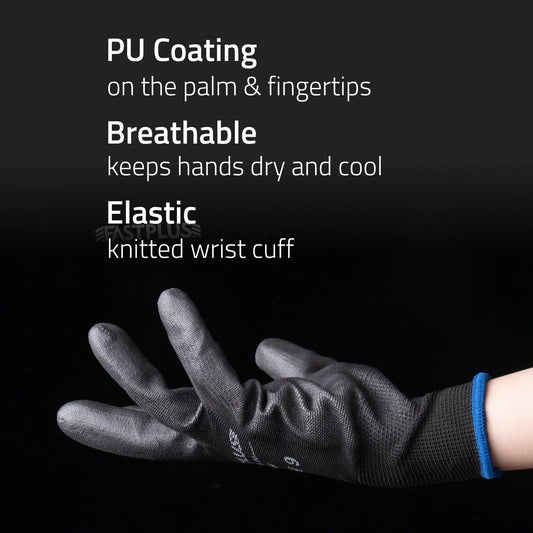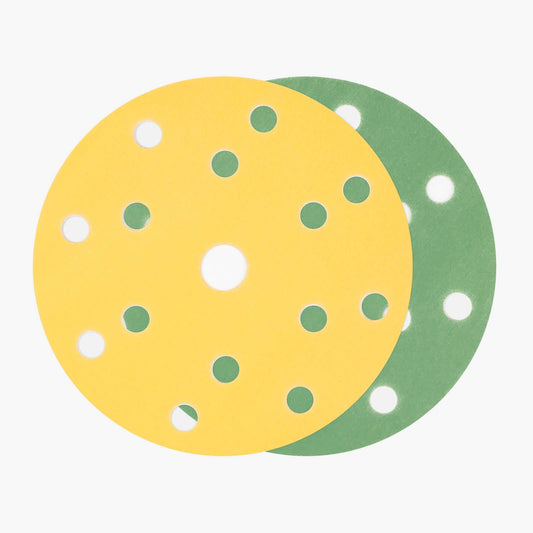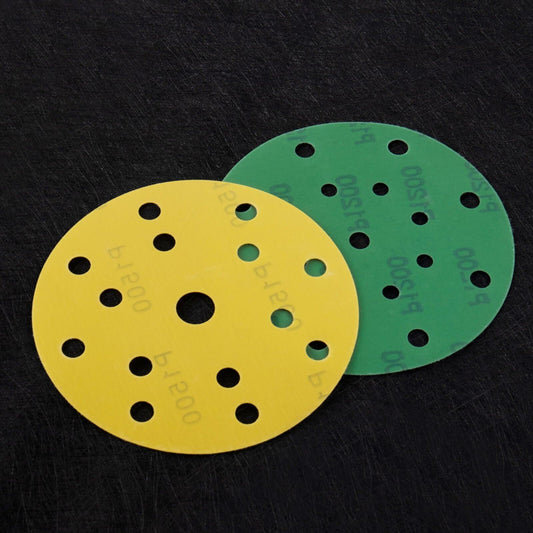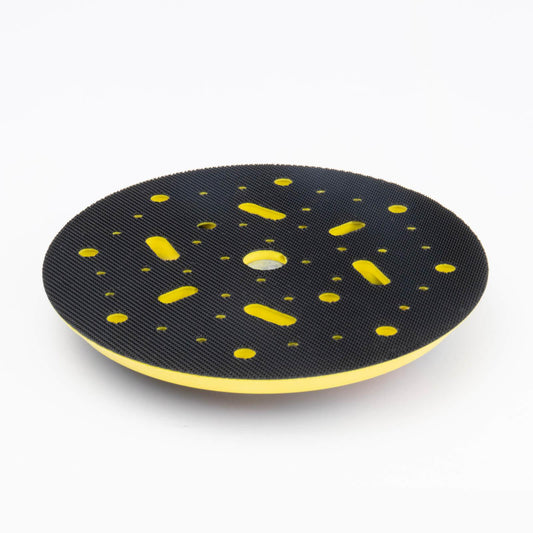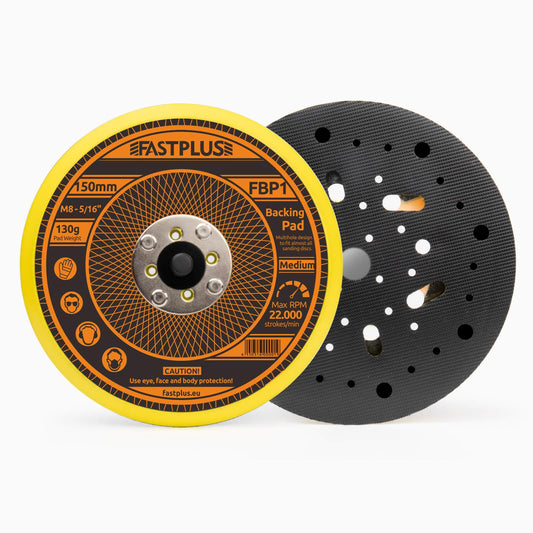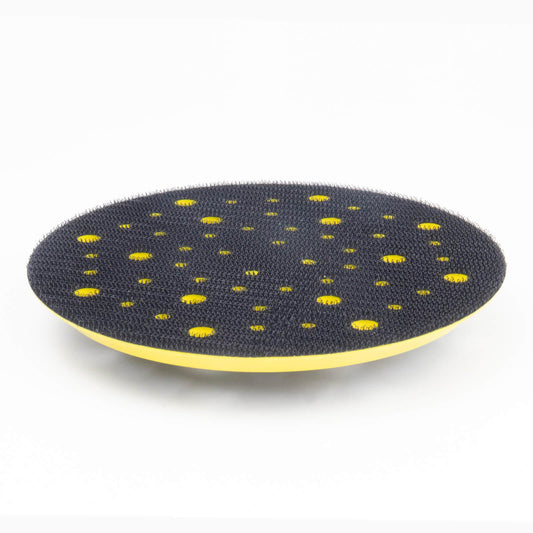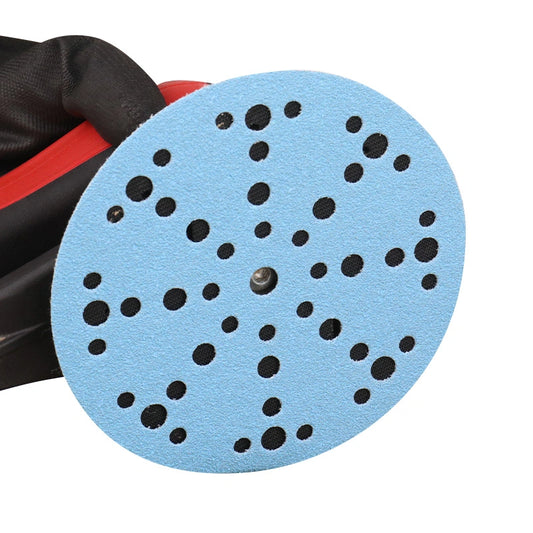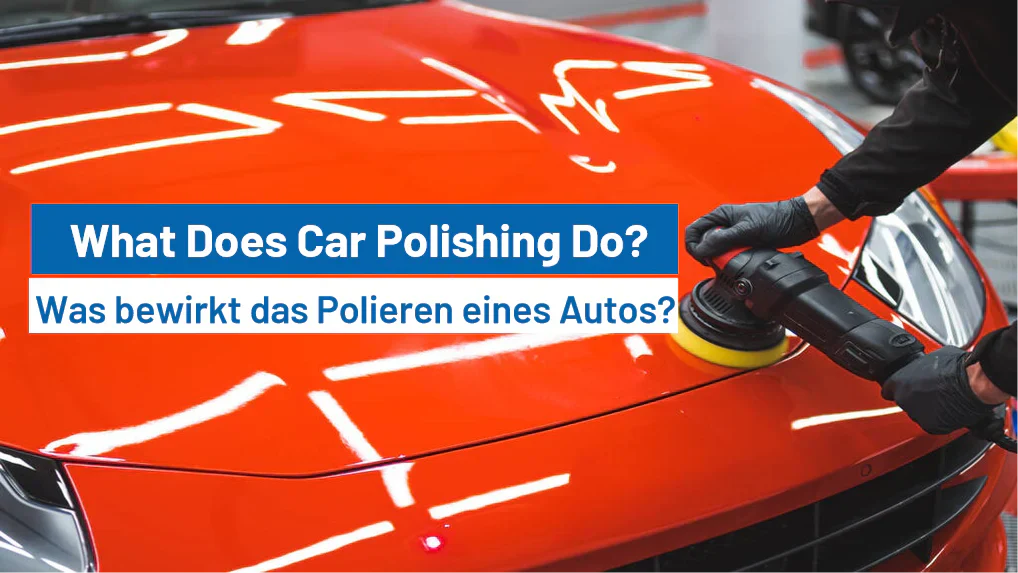
What Does Car Polishing Actually Do?
If you've ever seen a car with a mirror-like shine and flawless paint, chances are it’s been properly polished. But what exactly does car polishing do? Is it just about making a car look good, or does it serve a deeper purpose?
In this article, we’ll explore what polishing a car really means, how it works, what benefits it provides, and why it’s an important part of vehicle maintenance—even if you're not a detailing enthusiast.
What Is Car Polishing?
Car polishing is the process of refining the surface of a vehicle’s paintwork to eliminate imperfections, restore gloss, and improve the overall finish. Unlike washing or waxing, which clean or protect the surface, polishing is corrective—it removes minor defects from the top layer of paint or clear coat.

In simple terms, polishing removes the topmost damaged layer of clear coat to reveal a smoother, more reflective layer beneath.
What Problems Does Polishing Fix?
Over time, a car’s paint can suffer from various surface defects due to exposure to the elements, poor washing techniques, or simple wear and tear. Here are some of the most common issues that polishing can fix:
- Swirl marks caused by circular wiping with a dirty cloth
- Light scratches from brushes or branches
- Oxidation that makes the paint look faded or chalky
- Water spots left behind by rain or sprinklers
- Etching from bird droppings, tree sap, or bug splatter
- Hazy or dull areas from sun exposure or aging paint
Polishing effectively removes or reduces the visibility of these defects, leaving a clearer and more vibrant finish.
The Science Behind Polishing
 Polishing works through abrasion—but in a very controlled way. A polish contains tiny abrasive particles that, when applied with pressure, level the surface of the clear coat by removing micro-layers of damaged material. This evens out high and low spots on the surface and creates a smoother plane, which reflects light more evenly.
Polishing works through abrasion—but in a very controlled way. A polish contains tiny abrasive particles that, when applied with pressure, level the surface of the clear coat by removing micro-layers of damaged material. This evens out high and low spots on the surface and creates a smoother plane, which reflects light more evenly.
For best results, professionals often use Finishing Foam Discs, which help evenly distribute the polish, minimize heat buildup, and achieve a smooth, swirl-free finish.
The result? More gloss, more depth, and fewer visible defects.
This is why polishing is often referred to as paint correction in the detailing world.
Key Benefits of Polishing a Car
1. Restores Shine and Gloss
Over time, UV rays and dirt can make paint look dull. Polishing removes the oxidation and brings back that deep, glossy look, as if the paint is “woken up” again.
2. Removes Imperfections
Scratches, swirl marks, and blemishes can ruin the appearance of your car. Polishing minimizes or eliminates these marks for a cleaner, more uniform finish.
3. Improves Paint Clarity
Polishing enhances the clarity of the paint, making metallic flakes pop and solid colors look deeper and more vibrant.
4. Prepares for Wax or Ceramic Coating
A polished surface is clean and smooth, making it the ideal foundation for protective products like waxes, sealants, or ceramic coatings. These products bond better to a defect-free surface.
5. Increases Resale Value
A well-maintained exterior is a big plus when selling a car. Polished paint not only looks better, but it also shows buyers the car has been cared for properly.
Polishing vs. Waxing: Understanding the Difference
It’s a common misconception that polishing and waxing are the same thing. They are complementary but completely different steps in paint care:
| Polishing | Waxing | |
|---|---|---|
| Purpose | Corrects paint defects | Protects paint surface |
| Abrasive | Yes, removes a small layer | No, just a protective coat |
| Timing | Done after washing, before wax | Done after polishing |
| Effect | Improves clarity and gloss | Seals and protects surface |
In short, polishing reveals the beauty, and waxing locks it in.
Is Polishing Safe for Your Car?
Yes—when done properly. Polishing removes a very thin layer of the clear coat, which is designed to be thick enough to handle several rounds of polishing over a car’s life. However, excessive polishing or using overly aggressive compounds and tools can eventually thin the clear coat too much.
That’s why professional detailers always choose the right level of abrasiveness for the job, starting with the least aggressive option and working up only if necessary.
How Often Should You Polish a Car?
Most vehicles only need a full polish once or twice per year, depending on how often they are exposed to sun, rain, dirt, or washing. However, spot polishing to address specific defects can be done more frequently.
Frequent drivers, especially in harsh climates, may benefit from polishing every 6–12 months, while cars that are garaged or rarely driven may only need it once every few years.
Types of Polishes and When to Use Them
There are different types of polishes designed for different levels of correction:
- Cutting Compounds – For deep scratches and oxidation (more abrasive)
- Medium Polish – For swirl marks and general enhancement
- Finishing Polish – For refining and boosting gloss (least abrasive)
- All-in-One (AIO) – Combines polishing with mild protection for convenience
Choosing the right polish depends on the condition of the paint and the result you want to achieve.
Alongside the appropriate compound, using the correct pad matters just as much. Finishing Foam Discs are ideal for final-stage refinement, especially when working with soft paint or applying finishing polish for that high-gloss, glass-like result.
Does Every Car Need Polishing?
Not necessarily. New cars often come with a fresh and flawless clear coat. However, even new paint can benefit from light polishing to remove dealership-installed swirls or minor handling marks.
Older vehicles, or those frequently exposed to outdoor elements, will almost always benefit from a good polish to rejuvenate the paint.
What Happens If You Don’t Polish Your Car?
Skipping polishing doesn’t immediately damage your car—but over time, the paint may:
- Lose its luster and appear dull
- Develop more swirl marks and light scratches
- Become more prone to oxidation
- Have a reduced resale value
In other words, your car may still function perfectly, but it won’t look its best. If appearance matters to you—or if you want to protect your investment—polishing is worth the effort.
Final Thoughts
So, what does polishing a car do?
It revives, protects, and beautifies. It removes imperfections, restores color and shine, and gives your vehicle a clean, fresh appearance that can’t be achieved through washing or waxing alone. Whether you’re preparing for a show, increasing resale value, or just want your daily driver to look its best, polishing is a key part of the process.

To achieve professional results at home, using the right polishing tools is essential. FastPlus offers reliable Finishing Foam Discs designed for effective, smooth, and swirl-free finishes. Choose FastPlus to bring out the best in your vehicle's shine.
